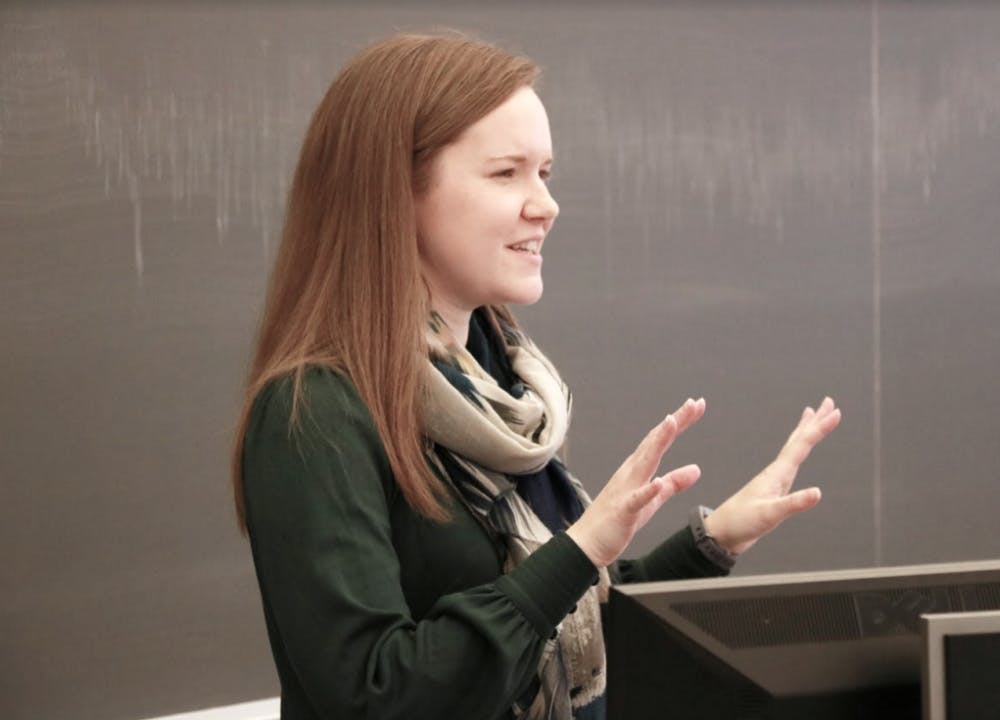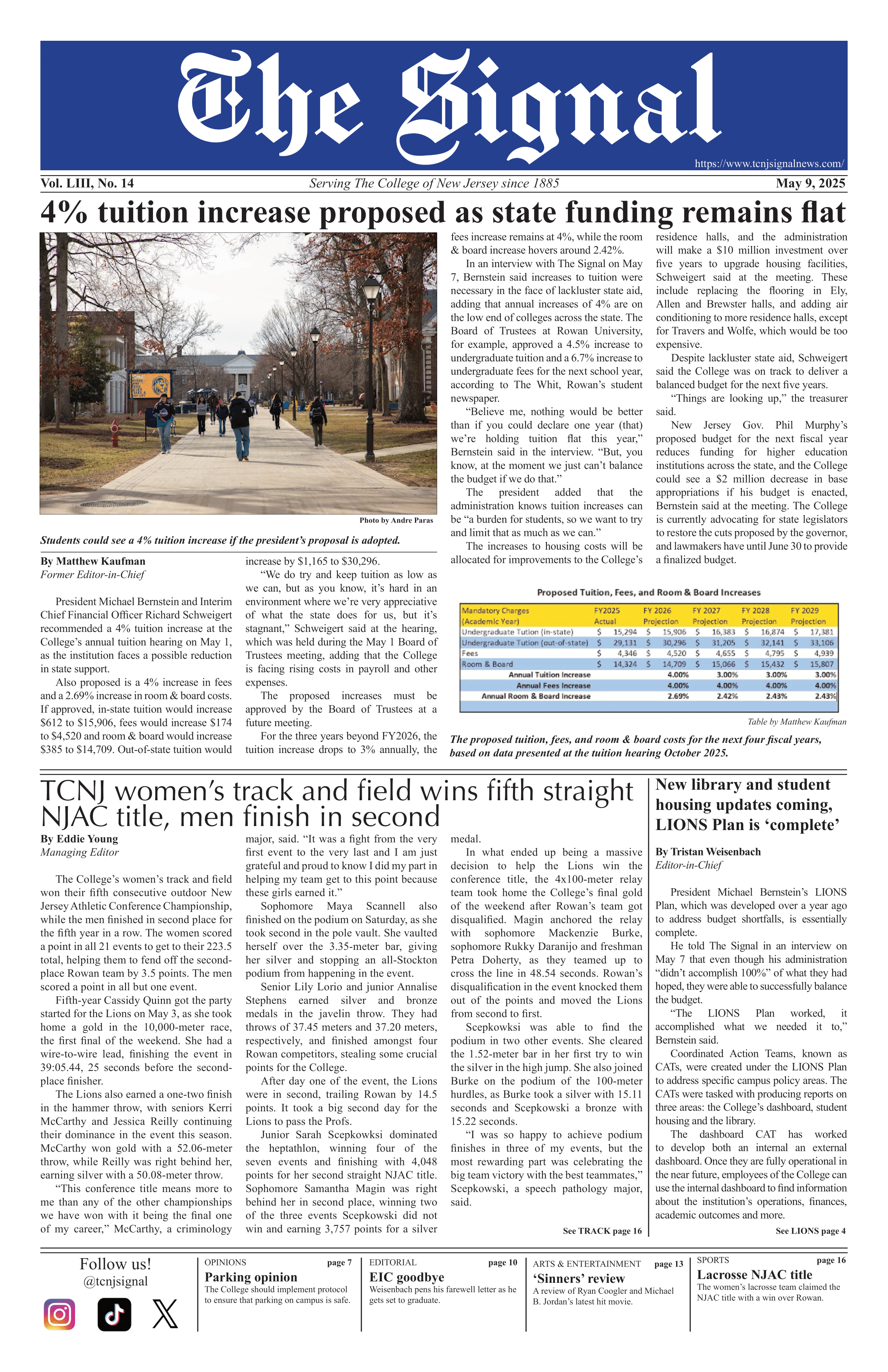By Barbara Cucci
Correspondent
The department of psychology sponsored a lecture titled “Understanding Difficulties with Math in Early Childhood” on Oct. 30 in the Social Sciences Building Room 105.
Alumna Emily Braham, (’13) a doctoral candidate at the University of Pittsburgh, spoke to inform students and professors on the impact they have on their children’s future math skills.

During preschool and elementary school, Braham said that parents do not realize how influential numbers are in the lives of their young children. At a young age, children are informally introduced by their parents, caregivers and teachers to symbolic math skills like counting a number of blocks and singing number songs.
While she recognized that parents do encourage their children to read and write, she said that children miss out on learning critical skills, like problem solving and analytical thinking, through math. These skills will later be used for the rest of the children’s lives.
Like reading books and coloring, Braham said that children best learn math by practicing with their parents.
“The better the parents are at math, the more they talk about it at home and the better their kid gets,” Braham said.
She then showed a study that showed that the less a child’s parents knows about math, the less likely they are to discuss it together. The study also reported that when parents and their children discuss more math, their children are more likely to comprehend it with ease when they are older.
Braham tested these findings by putting together a study with toddlers and their parents. She gave them a book that could easily invoke the discussion of numbers through counting shapes and objects depicted in the book. The children of the parents who discussed more about numbers in the book turned out to be better at counting than those of parents who did not. The study concluded that math skills are linked to the environment a child grows up in, and are dependent on parents’ conversations with their children.
Although she was proud of these findings, she knew her research was not done. She soon asked herself why some parents use more math to talk to their children than others, and if there was a way to better encourage parents to communicate math skills to their children.
Building upon her first study, Braham conducted two more studies. The first was a test of parents’ simple math skills. The idea was to see how they reacted to the math, not so much how well they did on the test.
The parents were asked to solve math problems, and their initial reactions were studied. The studies showed that the majority of women became anxious while dealing with math, which could be the reason why in some households is it not spoken with their children often.
The second study took place at the grocery store. Braham put up signs that clearly talked about math, ones that could potentially talk about math and ones that did not. The idea was to see if the signs would invoke the discussion of math with families that came in to the stores and read the signs.
By observing the parents and children, Braham and her team found that each set of signs catalyzed some kind of discussion of math. They hoped that the increased conversation about math in common places like the grocery store would continue into their homes.
While Braham used her studies to show that the environment children grow up in has a significant impact on their math skills, other studies suggest that genetics play a role in math skills as well. She evaluated the connection between intergenerational math skills by asking parents and children from 5 to 8 years old to test their approximate number sense.
According to Braham, an approximate number sense is how people can tell which line is longer or which crowd is bigger, without actually counting the number of people. She believes it is innate, and not an ability that is taught. Children demonstrate number sense when they have to quickly calculate which tree has more apples or who has more blocks.
Using two separate groups of dots on the right and left side of the powerpoint, Braham tested the audience’s approximate number sense. One group had more dots than the other, and it was up to the audience to decide within seconds which side had more dots. Past results of the test showed that the better the parents did, the better their child would perform in math.
“Parents’ own math skills explain the individual variability in differences in their math talk during informal play,” Braham said.
She concluded her lecture by affirming that discussing about math during a child’s growth heavily influence their math skills throughout the rest of their lives and that there is a link between parents’ and children’s number sense.







